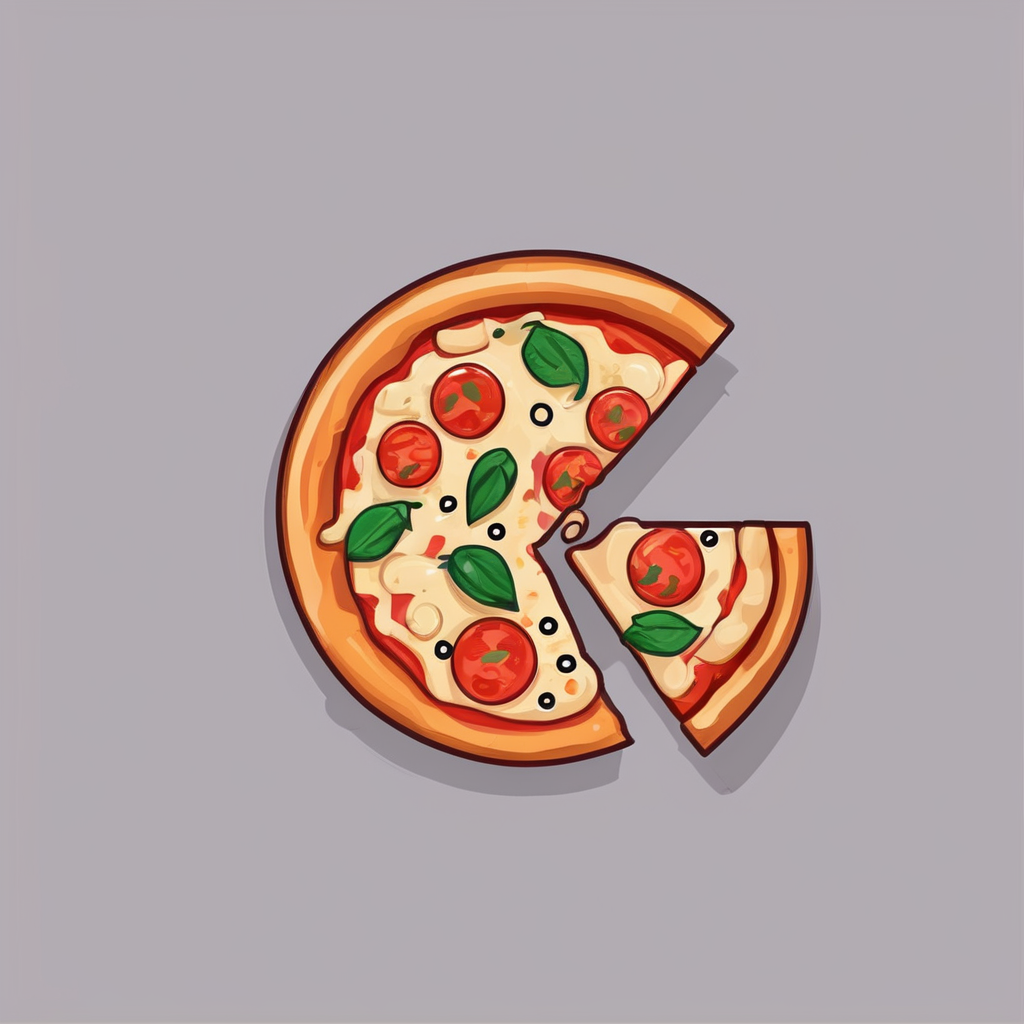Understanding Accessibility Needs in the Kitchen
Creating a kitchen environment that caters to wheelchair accessibility requires careful consideration and planning. This journey begins by acknowledging the diverse mobility challenges faced by wheelchair users. Narrow spaces, high countertops, and hard-to-reach cabinetry present daily hurdles. Addressing these issues is crucial for fostering independence and comfort.
Involving users in the kitchen design process is essential to developing inclusive cooking spaces. Engaging wheelchair users ensures that their personal experiences and preferences shape the final outcome. This approach leads to tailored solutions that fit individual needs, enhancing both functionality and satisfaction.
Have you seen this : Create a Peaceful Kitchen Oasis: Expert Tips to Enhance Your Well-Being and Promote Relaxation
Adhering to key regulations and standards is non-negotiable when aiming for optimal kitchen accessibility. These guidelines dictate elements such as counter height, door widths, and appliance placement to ensure a universal design approach. By complying with these standards, you promote inclusive cooking spaces where all individuals enjoy equal access. The goal is to seamlessly integrate functionality with design, creating an environment that not only meets regulatory requirements but also enhances daily living.
Spatial Arrangements for Wheelchair Users
Designing a kitchen layout conducive to wheelchair maneuverability is fundamental for creating a practical cooking environment. A crucial element is ensuring ample space optimization to facilitate smooth navigation. This involves aligning cabinets and appliances to minimize obstacles, allowing users to glide easily through their cooking routine.
Also to read : Unlock Effortless Pantry Organization: Revamp Your Space with Innovative Sliding Shelves!
Consideration must be given to the necessary clearances and turning radiuses. Experts suggest a minimum clearance width of 36 inches to enable a full 180-degree wheelchair turn. Such specifications ensure that users can transition between kitchen zones without hassle, promoting a seamless cooking experience.
Incorporating multi-level surfaces adds versatility and inclusivity. Adjustable countertops cater to varied needs, offering flexibility in food preparation and accessible dining options. They empower individuals by allowing them to engage with different kitchen tasks from a comfortable height. Adaptable storage solutions, such as pull-down shelves, enhance daily convenience, contributing to a user-friendly environment.
With well-planned space optimization and flexible kitchen layouts, wheelchair users gain greater autonomy and satisfaction in their culinary pursuits. These enhancements are pivotal in crafting a truly inclusive cooking space.
Selecting Accessible Appliances and Fixtures
Choosing the right accessible appliances and user-friendly fixtures is a pivotal element of successful kitchen design for wheelchair users. Adaptive appliances, such as side-opening ovens and cooktops with front controls, are key in promoting safe and independent cooking experiences. Users can benefit greatly from features designed to reduce reaching or stooping, thus enhancing daily interactions with kitchen equipment.
Adaptive Appliances
Integrating accessible appliances into kitchen spaces involves thoughtful selections. Appliances like drop-down or side-opening ovens provide better access, allowing wheelchair users to handle hot items safely. Stoves with front controls eliminate the need to reach across burners, promoting a safer cooking process.
Space-Saving Solutions
Incorporating innovative, space-efficient storage solutions is crucial. Pull-down, swivel, or lazy-Susan cabinets optimize accessibility, ensuring items are within easy reach. Slide-out shelves and drawer systems further simplify organization, catering to diverse user needs.
Smart Technology Integration
The inclusion of smart technology can significantly elevate accessibility. Smart home systems enable remote operation of kitchen equipment, allowing users to control appliances via smartphones or voice commands. This technology fosters usability and independence, transforming how residents interact with their kitchen environment.
Safety Features and Considerations
Incorporating kitchen safety features tailored for wheelchair users is crucial in creating a secure cooking environment. These elements are essential for preventing hazards and promoting an inclusive design.
Heightened vigilance is needed to avoid accidents like burns or spills. For instance, installing burn-resistant surfaces and easy-access fire extinguishers greatly reduces risk. Additionally, automated safety shut-offs in appliances, triggered by smoke or high temperatures, are invaluable.
To mitigate specific hazards, clear marking of edges and paths ensures smooth navigation, minimizing the potential for collisions. The strategic placement of inclusive design elements like slip-resistant flooring aids mobility and supports stability.
Accessibility in emergencies is paramount. Clear, unobstructed exit routes must be planned to accommodate wheelchair users, allowing quick evacuation if necessary. Furthermore, communication devices, such as voice-activated emergency buttons, can provide immediate assistance.
Hazard prevention combines practical foresight with adaptive solutions, making kitchens safer and more accessible. Integrating these thoughtful measures not only promotes safety but also allows wheelchair users to cook confidently and independently in their homes.
Innovative Design Strategies for Inclusivity
Designing kitchens that embrace creative design principles not only meets functional needs but also delivers on aesthetic aspirations. It’s vital to integrate adaptability without compromising style. One effective way is blending aesthetics with functionality, ensuring that every element serves a purpose yet pleases the eye. This approach includes using colour schemes and materials that enhance both kitchen visibility and navigation. Contrasting colours can delineate work zones and pathways, aiding in orientation and visual flow.
Custom cabinetry and countertops tailored for wheelchair users exemplify the best practices in inclusive kitchen design. Lowered worktops and adjustable shelves ensure accessibility, allowing users to interact comfortably with their surroundings. Further, incorporating technology can transform how Colour elements complete the space, combining aesthetic accessibility with ease of use.
Materials must also reflect these considerations, with selections prioritising durability and ease of maintenance. Non-glare and non-slip surfaces provide both safety and visual clarity. By harmonising these elements, designers create kitchens that are innovative, inclusive, and visually captivating, ensuring that functionality and style coexist seamlessly.
Real-Life Examples of Wheelchair-Friendly Kitchens
Exploring real-life examples offers valuable insights into achieving successful wheelchair-friendly kitchen designs. Homeowners who have adapted their spaces often share inspirational stories of transformation. For instance, one family’s journey involved retrofitting their kitchen with adjustable countertops and accessible appliances. This not only improved functionality but also enriched their culinary experiences, fostering greater independence.
Homeowner Testimonials
Testimonials highlight the emotional and practical benefits of thoughtful design. Many wheelchair users appreciate the inclusion of user-friendly fixtures, like pull-out pantries and low-level storage. Such adaptations empower users by accommodating their unique needs.
Design Professional Insights
Design professionals stress the importance of observing actual daily routines to tailor solutions effectively. Collaboration with users ensures that space optimization aligns with specific lifestyles, thereby enhancing kitchen maneuverability.
Before-and-After Transformations
Visual examples illustrate how kitchens evolve with strategic changes. By showcasing before-and-after transformations, potential renovators gain a clearer understanding of the impactful modifications possible. These examples serve as a compass, guiding others in crafting environments that are both inclusive and visually appealing.
Resources and Tools for Accessibility Design
Designing a kitchen that caters to accessibility needs requires support from various resources and tools. Key to creating these spaces are design resources, including software and apps tailored for planning accessible kitchens. Tools such as SketchUp and RoomSketcher offer virtual models, enabling users to visualize and tweak designs to ensure inclusivity.
Various support organizations provide guidance and financial assistance for renovations aimed at improving accessibility. Grants and subsidies from bodies like Disability Rights UK and local councils ease the burden of remodeling costs for qualified individuals. Additionally, these organizations often have expert networks to help navigate regulatory guidelines.
Community and forum support is invaluable for learning from shared experiences. Online platforms like Reddit and specialized Facebook groups allow individuals to connect with others who have undertaken similar projects, exchanging practical tips and emotional encouragement.
By leveraging these accessibility tools and connections, users can achieve a kitchen space that meets their unique needs efficiently and effectively. Doing so not only enhances daily functionality but also fosters a sense of belonging within a supportive community.


